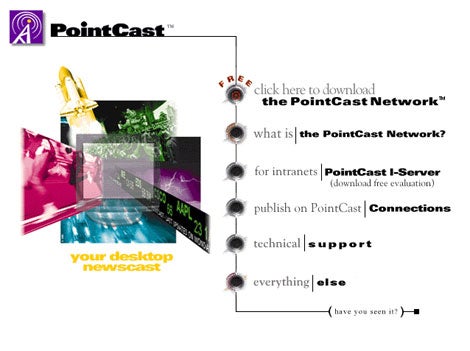The other day I wrote about Facebook status update being publicly searchable. While I was investigating, I came to discover interesting use of this publicly searchable status update, the use that Facebook is probably aware but looking the other way. I'm talking about creating many fake Facebook accounts and posting same status updates on multiple Facebook accounts to increase traffic to their target site.
Thanks to youropenbook.org, we now can search using web interface instead of writing code to Facebook API. I was curious how the term 'angelgate' has become so pervasive in matter of hours in blogosphere. So I decided to search for 'angelgate' on youropenbook.org. Here's what I found :
 |
| Search AngelGate To See Victims of Identity Thefts |
You should find something odd about this page right away. First off, they are mostly from female Facebook users. Not only that, female users have all attractive looks. Secondly, you start seeing same profile pictures shared by two different users. If you look a little closer, their status updates are almost identical except shortened URL. This smells fishy.
So I traced the original status update and where it came from. That required little guessing since those short URL all lead to now AOL's TechCrunch.
 |
| TechCrunch, Now That You Are Acquired, Maybe You Should AOL to Drive Traffic? |
To validate my suspicion I want and visited two Facebook pages (remember these are public pages, hence I can see their wall) that shared identical picture but with two different names. And there were other identical status updates with differing short URLs (probably to track the referrer so that PR firm can create metrics report).
 |
| Too Obvious These Are Fake Accounts Dedicated To TechCrunch |
This means TechCrunch either internally spamming their messages to multiple fake Facebook accounts or externally hired PR firm that engages in spamming practice. But stuff like this has been happening under the name of Search Engine Optimization for years. This should not be news to anyone. Hey, but aren't all these fake accounts being counted towards their 500 million users? Shouldn't Facebook be coming out and stopping these shady advertising practice?
At least on paper, they are. Facebook terms of use states that you cannot create multiple accounts AND use status updates to commercial advertiser.
 |
| Facebook Terms Of Use: For Display Only |
Facebook is not, however, enforcing any of these because they have little to gain by doing so. Why would they? More people use Facebook as PR channel including fake accounts, more traffic will be going through Facebook, and that would mean more chances to serve ads. There is no incentive for Facebook to stop them, other than pressure from Facebook user base.
Until you hear more from Facebook enforcing their terms of use, I suggest you take that 500 million user count with grain of salt.
UPDATE (10/13/2010): Facebook has started to clamp down on multiple account usage, and blatant violation of its terms of use. I'm happy to report that most of these accounts have been cleared off from Facebook. To read more about recent update, please visit http://futureofsocialnetwork.blogspot.com/2010/10/anonymity-and-privacy-two-endangered.html.




























